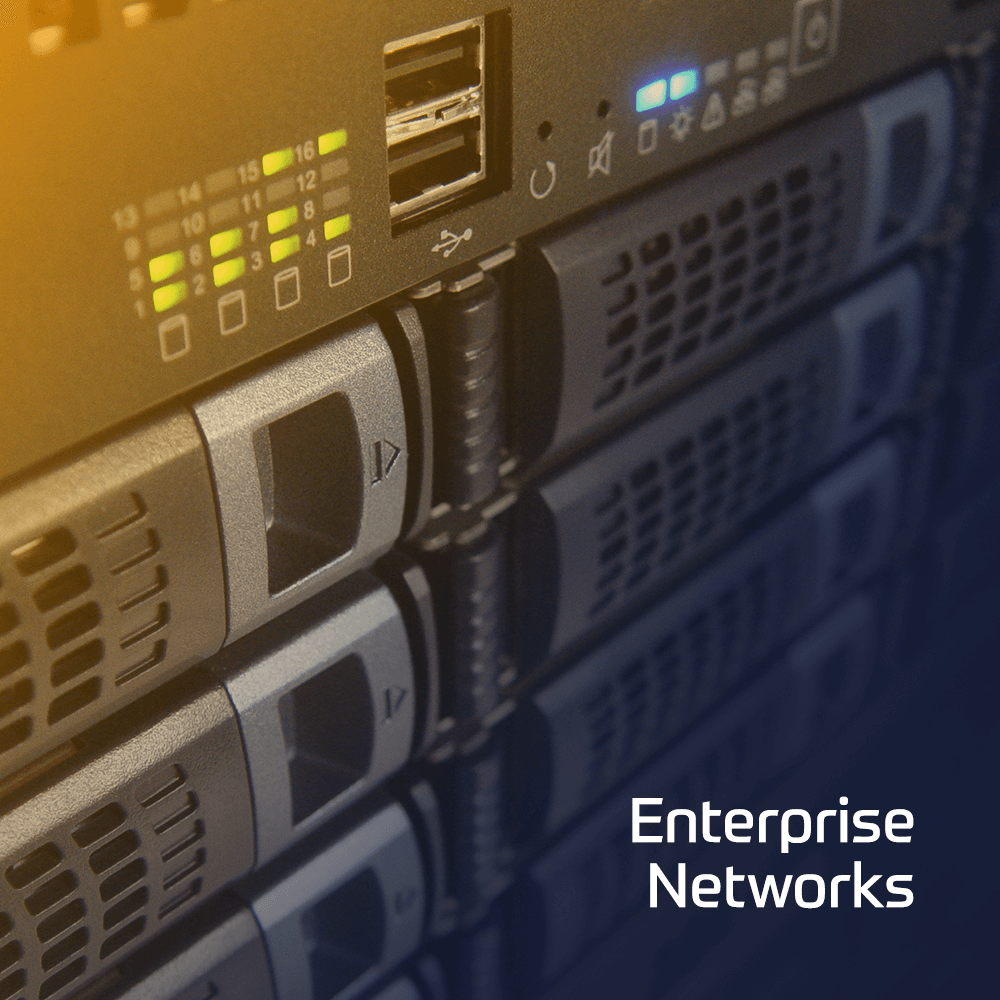The ePolicy Orchestrator Advanced Topics course provides in-depth training on the advanced capabilities of ePolicy Orchestrator (ePO) software. Through lecture, hands-on labs, and class discussions, you will learn how to use ePolicy Orchestrator (ePO) advanced capabilities and practice using tools for upgrades and migrations, monitoring, maintenance and troubleshooting, and advanced policy configuration.
Contact Us
We would love to hear from you. Please complete this form to pre-book or request further information about our delivery options.
 Duration
Duration 4 Days
 Delivery
Delivery (Online and onsite)
 Price
PricePrice Upon Request
- Use ePO – On-prem advanced capabilities
- Use tools for ePO upgrades and migrations, monitoring, maintenance and troubleshooting, and advanced policy configuration
Day 1
- Course Introduction
- Installation and Cumulative Updater
- Migration
- Multiple ePolicy Orchestrator server features
- Monitoring and optimizing ePolicy Orchestrator performance
- Performance Optimizer
- ePolicy Orchestrator Support Center
Day 2
- Protection Workspace
- Logging and reporting
- Agent Logging and reporting
- SNMP Reporting & Data Channel Troubleshooting
- Monitoring SQL
- SQL Maintenance
Day 3
- Web Application Programming Interface (API)
- Agent Relay
- ePolicy Orchestrator Endpoint Deployment Kit (EEDK)
- Disaster Recovery
- Advanced Queries
- Customizing Queries – Result Types and Charts
Day 4
- Customizing Queries – Columns and Filtering
- Indicators of Compromise (IOC)
This course is intended for system and network administrators, security personnel, auditors, and/or consultants concerned with network and system security.
Students taking this course should have a working knowledge of Windows operating systems, system administration, and network technologies. Basic understanding of computer security, command line syntax, malware/anti-malware, virus/anti-virus, and web technologies is recommended. Prior experience or working knowledge of ePolicy Orchestrator is also required.
- Use ePO – On-prem advanced capabilities
- Use tools for ePO upgrades and migrations, monitoring, maintenance and troubleshooting, and advanced policy configuration
Day 1
- Course Introduction
- Installation and Cumulative Updater
- Migration
- Multiple ePolicy Orchestrator server features
- Monitoring and optimizing ePolicy Orchestrator performance
- Performance Optimizer
- ePolicy Orchestrator Support Center
Day 2
- Protection Workspace
- Logging and reporting
- Agent Logging and reporting
- SNMP Reporting & Data Channel Troubleshooting
- Monitoring SQL
- SQL Maintenance
Day 3
- Web Application Programming Interface (API)
- Agent Relay
- ePolicy Orchestrator Endpoint Deployment Kit (EEDK)
- Disaster Recovery
- Advanced Queries
- Customizing Queries – Result Types and Charts
Day 4
- Customizing Queries – Columns and Filtering
- Indicators of Compromise (IOC)
This course is intended for system and network administrators, security personnel, auditors, and/or consultants concerned with network and system security.
Students taking this course should have a working knowledge of Windows operating systems, system administration, and network technologies. Basic understanding of computer security, command line syntax, malware/anti-malware, virus/anti-virus, and web technologies is recommended. Prior experience or working knowledge of ePolicy Orchestrator is also required.

 Finland
Finland Germany
Germany Denmark
Denmark Sweden
Sweden Italy
Italy Netherlands
Netherlands Norway
Norway 


























